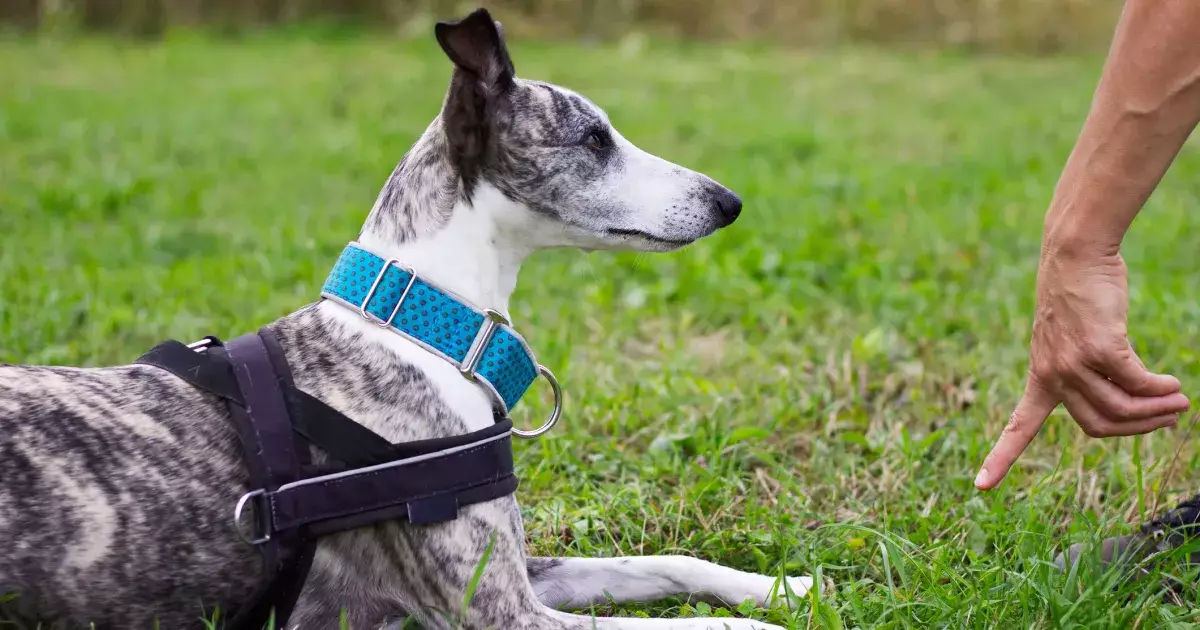Training your dog is an essential aspect of pet ownership that not only ensures a well-behaved companion but also strengthens the bond between you and your furry friend. Once your dog has mastered the “sit” command, the natural next step is teaching the “down” command. This article will guide you through effective techniques for instilling the “down” command, as well as tips for troubleshooting common issues that arise during the training process.
Before diving into the training, it’s crucial to set the stage for effective learning. Choose a quiet, familiar space for your sessions, such as your home or yard. Avoid locations filled with distractions—like other pets, loud noises, or passersby—that could divert your dog’s attention. A calm environment will help your dog focus better on your commands, enhancing the learning process.
One of the most effective methods for teaching your dog to lie down is through the use of treats. Dogs are naturally driven by food, and tasty treats can act as powerful motivators. Start by holding a treat close to your dog’s nose to grab their attention, then slowly lower the treat towards the floor. The intention is to guide your dog into the lying position by luring them with the treat. As soon as your dog lowers their belly to the ground, praise them enthusiastically and reward them with the treat.
Consistency and repetition are vital. Continue this process several times until your dog associates the act of lowering themselves with a positive outcome. Once they start to lie down consistently, introduce the verbal cue “down” just before guiding the treat downward. This step helps them connect the action with the command, reinforcing their understanding.
As your dog becomes more adept at the “down” command, shift your approach to treats. Start offering treats less frequently to reinforce the idea that while the behavior is rewarded, it doesn’t require a treat every single time. This form of training, known as intermittent reinforcement, can enhance your dog’s persistence in following commands. Eventually, try to phase out treats altogether, relying on verbal praise and affection as rewards.
While training, it’s common to encounter obstacles. For instance, if your dog stands up instead of lying down, it’s essential to remain patient. Hold the treat in your closed hand and wait for them to lower themselves without offering the treat until they do. If your dog shifts their weight, coax them and offer praise once they comply.
Another frequent issue is when a dog lowers its head but raises its rear. In this case, you can redirect the treat towards their chest to encourage their back end to touch the floor.
Incorporating Fun into Training
Training should never feel like a chore; it’s an opportunity for you and your dog to bond and have fun. One effective strategy involves physically positioning yourself to stimulate a playful environment. For example, sit on the floor with one knee raised to create a “tunnel.” Use a treat placed beneath your leg, coaxing your dog to crawl through the tunnel. This almost playful approach makes lying down a natural outcome of a fun exercise.
Once your dog consistently responds to the “down” command, you can increase the challenge to further develop their skills. Begin by taking a step back, asking your dog to lie down from a greater distance. Gradually work your way up to more complicated scenarios—such as adding distractions like toys, movement from other people or animals, or varying your distance. Each time your dog successfully executes the command, reward them, reinforcing their good behavior.
Teaching your dog the “down” command does require patience and consistency, but the rewards of having a well-trained pet are immeasurable. By fostering an encouraging environment, utilizing treats effectively, troubleshooting problems, and making training fun, you will strengthen your partnership with your dog. Remember, every dog learns at their own pace, so it’s vital to adapt your training methods to suit your dog’s individual needs. Keep practicing, and soon enough, you will have a well-disciplined companion who responds to your commands with ease.


Leave a Reply